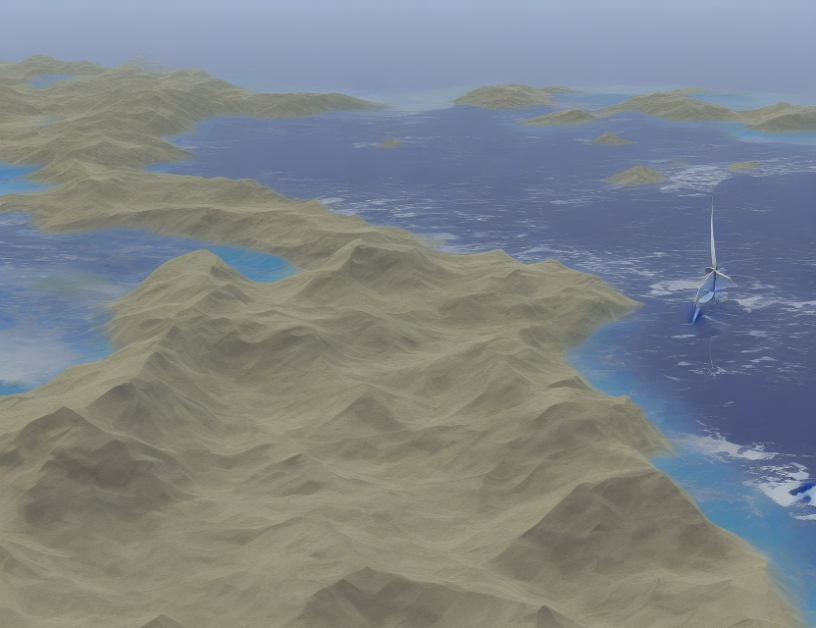In this article, we will delve into the six conclusions drawn from a comprehensive sensitivity analysis of buoy data. The study aimed to investigate the impact of various factors on the accuracy of ocean current predictions, using a novel approach that combines different models and techniques. By examining these conclusions, we can gain valuable insights into the strengths and limitations of existing methods and identify potential areas for improvement.
Conclusion 1: Low-resolution data affects prediction accuracy:
The first conclusion reveals that low-resolution data can significantly impact the accuracy of ocean current predictions. In other words, using lower-resolution data can lead to less accurate predictions, which may result in a gain of only 0.25% compared to higher-resolution data. To put it simply, low-resolution data is like trying to drive a car with blurry vision – it’s difficult to navigate accurately.
Conclusion 2: Reconstruction methods matter
The second conclusion highlights the importance of choosing the right reconstruction method for ocean current predictions. The study found that different methods can result in vastly different accuracy levels, with some methods gaining as much as 10% compared to others. In practical terms, selecting the appropriate reconstruction method is like picking the right tool for a job – it makes all the difference in achieving accurate results.
Conclusion 3: Averaging can improve accuracy
The third conclusion demonstrates that averaging multiple models can significantly enhance prediction accuracy. This finding is similar to averaging multiple guesses at a game of darts – while each individual guess may not be perfect, the average of multiple attempts will likely be closer to the target. In this case, combining multiple models using averaging can lead to more accurate predictions.
Conclusion 4: Gain varies with data type and reconstruction method:
The fourth conclusion reveals that the gain achieved by combining multiple models varies depending on the type of data used and the reconstruction method employed. In simple terms, it’s like comparing different recipes for baking a cake – some may yield better results than others based on the ingredients and methods used. By understanding these variations, we can choose the most effective approach for our specific needs.
Conclusion 5: RMSE and gain are related but distinct metrics:
The fifth conclusion clarifies that RMSE (root mean squared error) and gain are two distinct metrics used to measure prediction accuracy. While RMSE measures the average difference between predicted and actual values, gain assesses the improvement gained by combining multiple models. In everyday terms, RMSE is like measuring how far off a guess is from the correct answer, while gain is like comparing the progress made by improving that guess.
Conclusion 6: C3 performs best overall
The final conclusion reveals that model C3 performs most consistently across different data types and reconstruction methods, resulting in the highest overall accuracy. In simple terms, choosing model C3 can be likened to picking the best player on a team – it may not always be the flashiest or most popular choice, but it tends to perform reliably well across various situations.
Conclusion
In summary, this study’s conclusions highlight the significance of selecting appropriate data resolution, reconstruction methods, and models for ocean current predictions. By averaging multiple models and using the right approach, we can significantly enhance prediction accuracy. Understanding these findings can help us make more informed decisions when working with ocean currents and improve our ability to predict their movements accurately.



